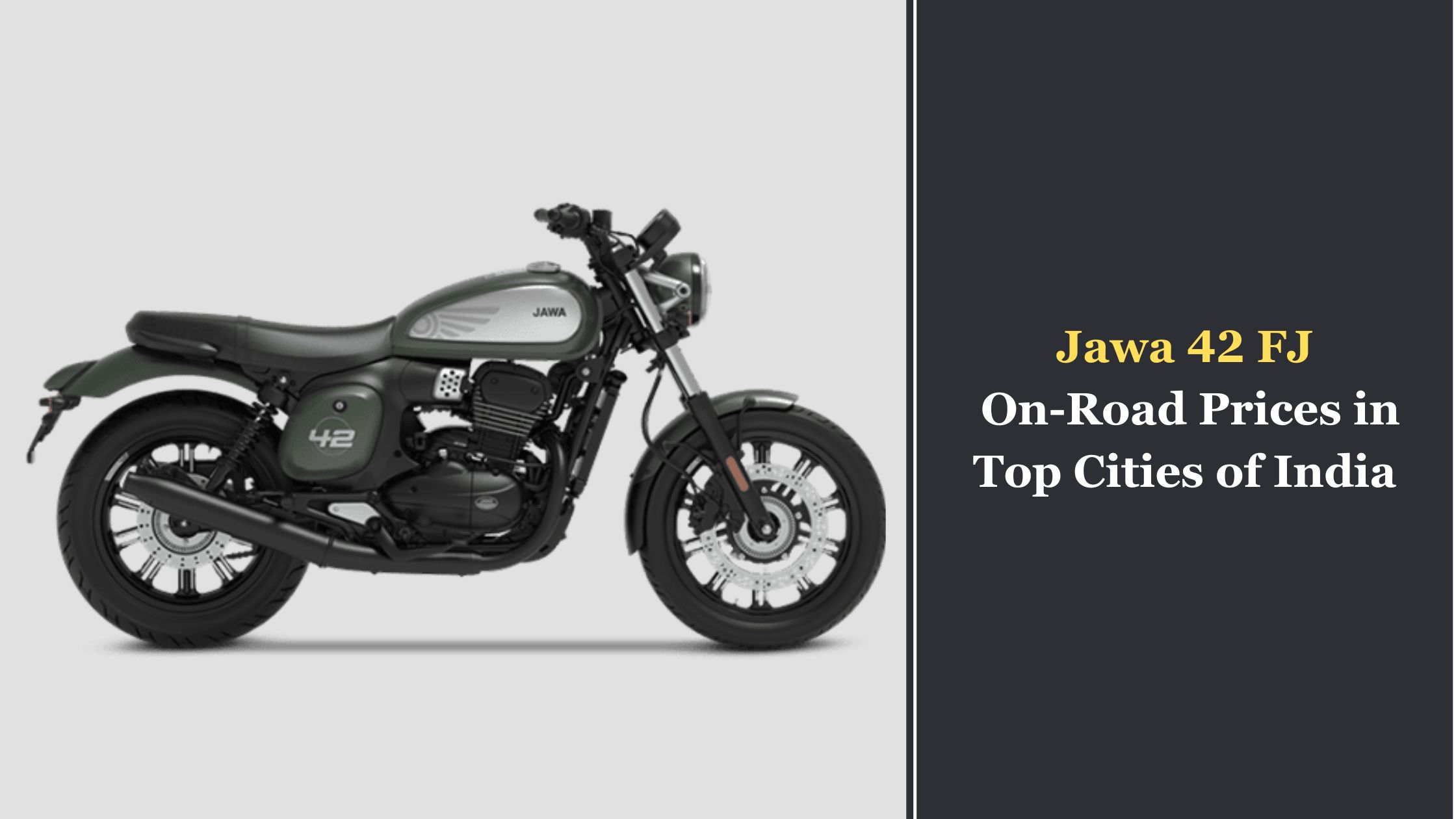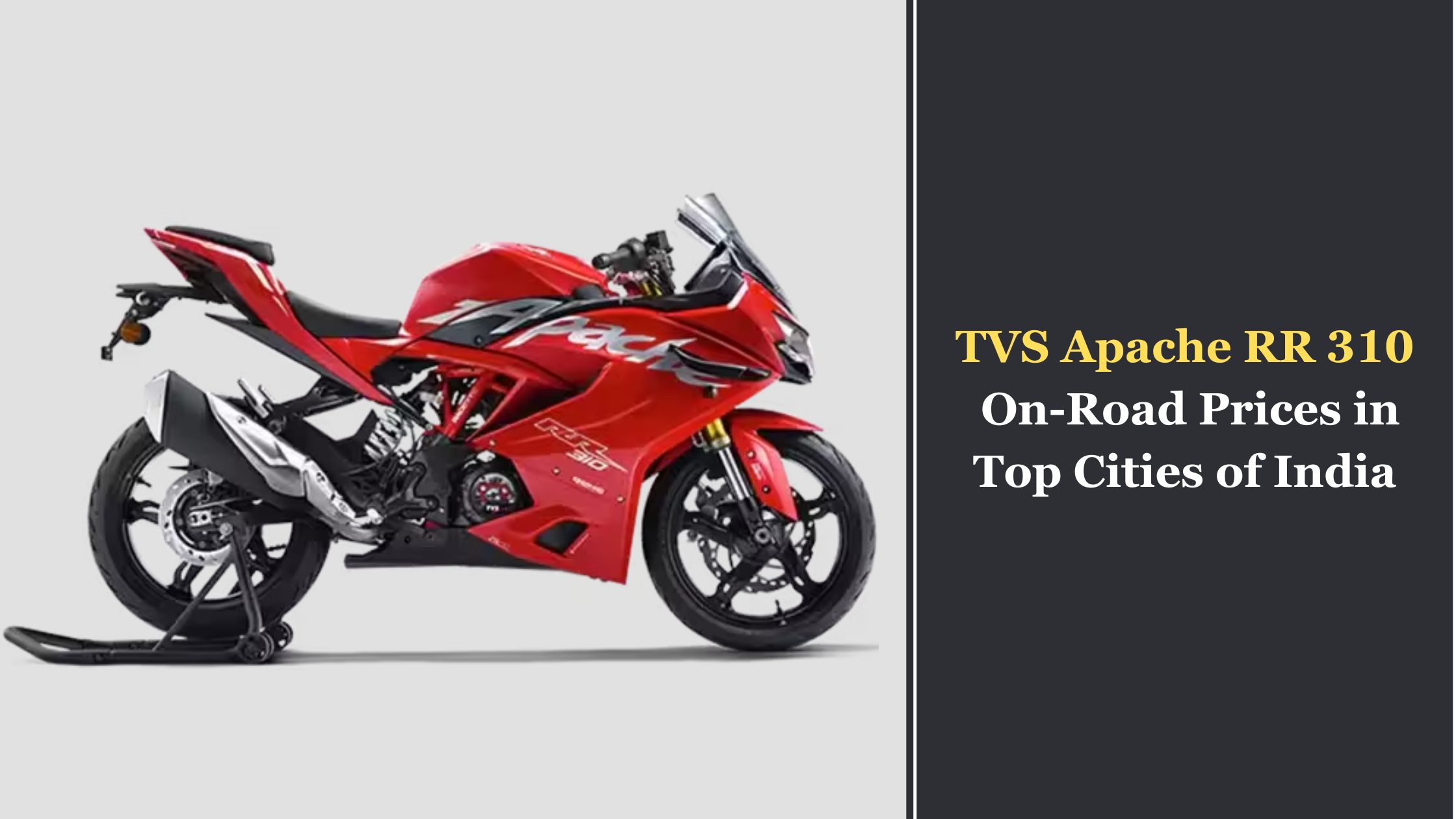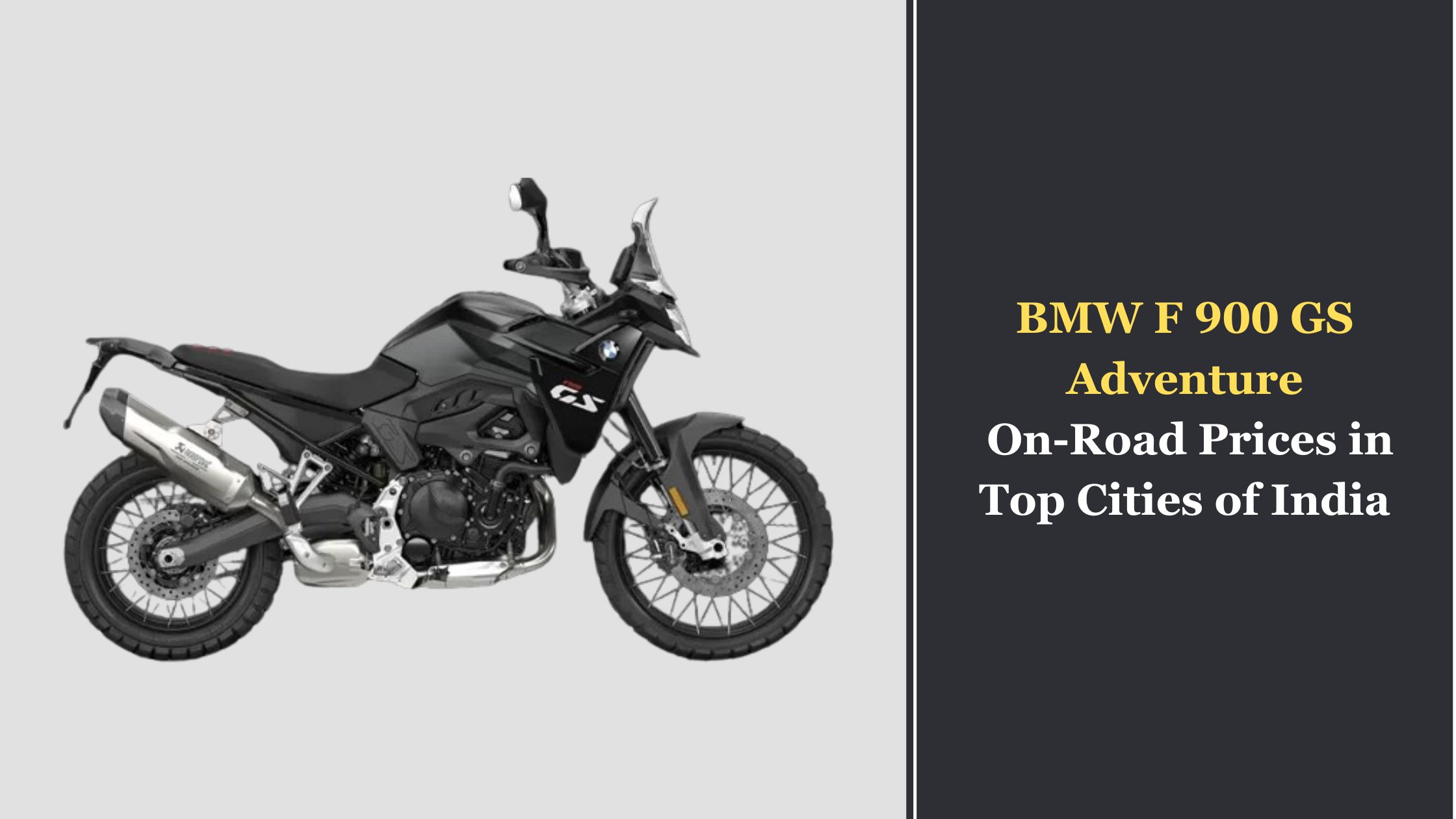
The chassis is a significant component of bikes but has yet to be mentioned, not even in the most thorough discussions. But the importance of the word fundamental cannot be overstated. First, a structure cannot exist without a chassis since the chassis serves as the backbone of the system. Our current standard for structuring, design, and strength is based entirely on the mechanical and material advancements of the chassis.
Of course, the chassis is crucial, but it’s also highly indicative. You could learn a lot by looking at or understanding the product’s chassis. It displays the vehicle’s class, category, and available price range.
In this post, we’ll talk about some of the most common motorcycle chassis types.
Types Of Motorcycle Frames/Chassis
The type of chassis of a motorbike and the type of material utilized in manufacture significantly impact the cost of the motorcycle’s mainframe. The standard choice of chassis material has been steel. It is affordable and offers adequate strength and stability for low- and medium-level performance.
Still, with the improvement of material sciences, the chassis is now made of aluminum and certain alloys, which provide the necessary stiffness and lightweight properties. More expensive materials have been found for the finest-in-class performance motorcycles that use Titanium, Magnesium, and Carbon fiber.
1. Basic Framework
The array’s most fundamental component is this. This is not a complete skeleton; it is merely a spine-like frame that holds onto various parts. The spine is not a stressed member since less material is employed, and the engine is fastened to it.
- ADVANTAGES – It is affordable and used in entry-level goods with modest power requirements.
- DISADVANTAGES – It is weak and torsionally rigid.
2. Frame For A Single Cradle
It is also known as a single down tube frame and is made out of several steel tubes that have been joined using welding in a bicycle-like arrangement. As a result, a motorbike constructed with this frame resembles a well-made bicycle. This is another fundamental frame that is used in items that are built with cost considerations in mind. If the engine is a stressed part, or, to put it another way, if the motor is cradled in the chassis, the frame is said to be cradled.
- ADVANTAGES – It is an affordable and sensible option for low-power automobiles.
- DISADVANTAGE – Similar to the backbone frame, it cannot be employed in performance-based goods.
3. Double-Cradle Frame
Engine support is the sole thing that sets this frame apart from the single-cradle frame. In a single-cradle frame, the engine is supported by one steel tube, whereas in a double-cradle frame, the engine is supported by two steel tubes, offering higher strength and structural stiffness.
- ADVANTAGES – This frame is superior to other basic structures and achieves the highest price/quality ratio in the budget-conscious market.
- Disadvantages – The design is outdated and cannot be trusted for a performance-specific or more expensive product.
4. Surrounding Frame
When it comes to bikes built for performance, the perimeter frame or the twin-spar frame is frequently used. The slightest possible connection between the steering hand and swing arm increases rigidity noticeably, according to research based on motorcycle racing. Results improve with a weight reduction, and the rods connecting them should be sufficiently rigid.
The twin-spar frame gets its name from the two beams (twin spars) that ring the engine and extend out to the pivot arm. These spars were initially made of steel, but lightweight aluminum has taken its place in the modern day.
- ADVANTAGES – This is the most common option for motorcycles focusing on performance.
- DISADVANTAGE – Compared to motorcycles employing trellis frames, some motorcycles using perimeter frames have been reported to have less power.
5. Trellis Frame
The perimeter frame’s basic design is also used in trellis frameworks. The steering bar’s connection to the swingarm is the primary goal. The connectors’ design features make a difference. A trellis-like structure is created by welding steel or aluminum tubes together to create the support frame.
- ADVANTAGES – The trellis frame excels in lightweight construction and is lighter and simpler to build.
- DISADVANTAGES – Although it is the most incredible motorcycle in a large class, monocoque frames still dominate most extreme situations.
6. Monocoque Frame
The construction of a monocoque frame requires the highest level of robotization since it requires the most capital. For many bike manufacturers, it is more than just a viable alternative. The most unusual goods with the highest power figures pass through this process. In this instance, the entire structure is made of a single, extremely rigid piece of the strongest and lightest production materials, such as carbon fiber and magnesium.
- ADVANTAGES – This is made possible by utilizing the most cutting-edge technologies available to meet needs.
DISADVANTAGES – These are too pricey to be competitive in a significant market segment.



